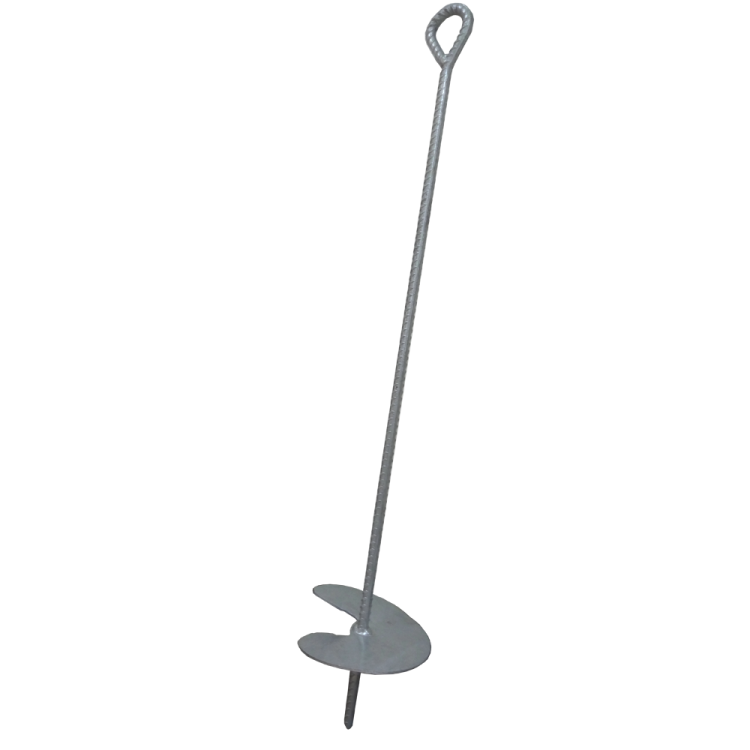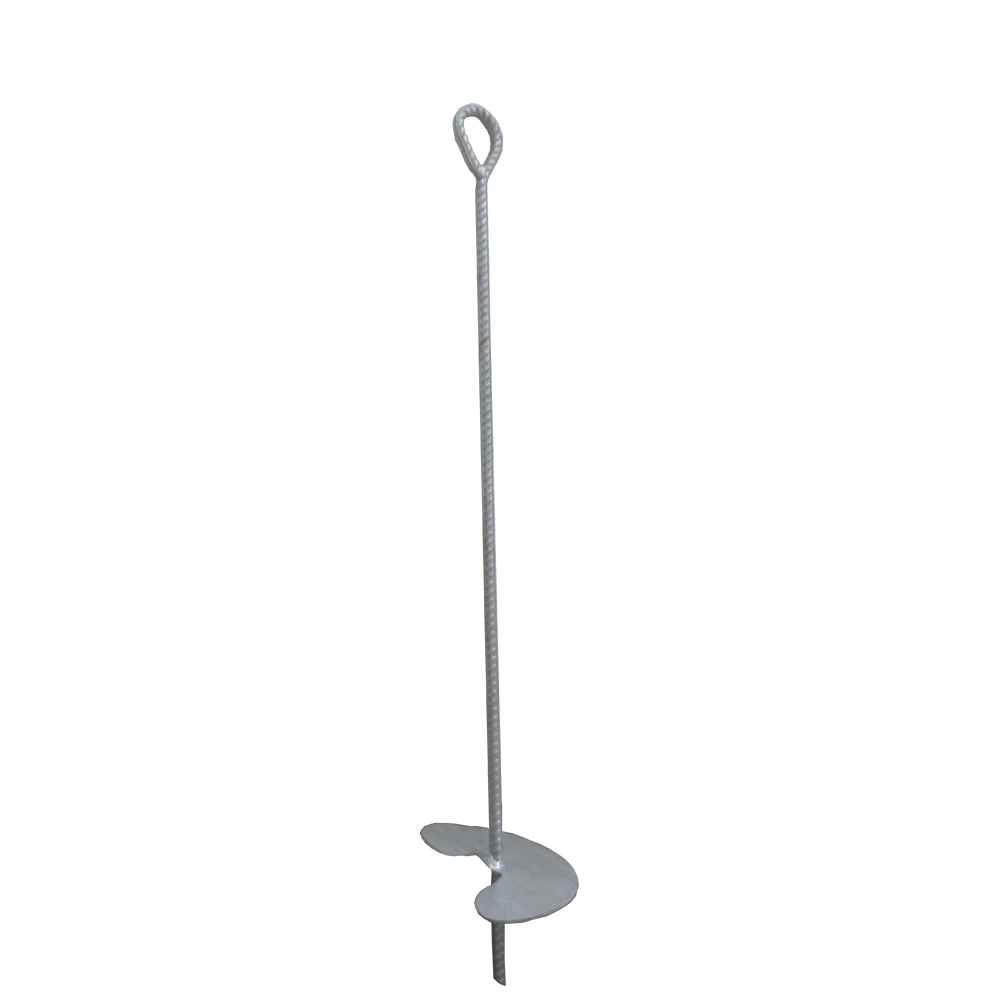LED full-color display is a new type of indoor and outdoor large-size electronic communication media. It has the characteristics of large size, good environmental adaptability, high brightness, dynamic playback, etc. It is unique in the field of large-scale electronic media in and out of the home. With the further improvement of the cost performance, the application field is more and more widely used in advertising, the stage, signs, transportation facilities, public places and other fields. In recent years, the Spring Festival Gala uses LED full-color displays as backgrounds and decorations. The stage design for the Spring Festival Gala 2008 was made from the frontal background, side background, ceiling background, and other major scenes. LED full-color screens were used extensively, making the stage beautiful and the atmosphere contrasting. The application of the stage is only one application of LED full-color display, LED full-color display is entering various application areas with unprecedented speed.
Second, LED full color display performance parameters
In recent years, China has become a global manufacturing center for LED full-color displays, and the level of technical quality is continuously improving. With the improvement of technology level, users and manufacturers have higher and higher requirements for various performance parameters of LED full-color displays. About 70% of all performance parameters for LED full-color displays depend on the performance parameters of the LED devices. Therefore, LED devices become the most important key component of LED full color display. Strengthening the understanding of the performance parameters of LED devices, and selecting high-quality LED devices, plays an important and decisive role in improving the performance parameters of LED full-color displays.
Third, the impact of LED device parameters on LED full color display performance parameters
There are dozens of performance parameters for full-color LED display screens, of which nearly 20 are key parameter indicators. The following describes the LED device parameters and the corresponding full-color LED display performance parameters.
(1) Brightness and brightness are the basic indicators of LED full color display. In the industry, it is generally considered that the outdoor display should not be less than 5000 nits, and the indoor display should not be less than 1000 nits. The brightness of the entire screen depends on the superposition of the brightness values ​​of the three red, green, and blue LEDs that make up each pixel. The brightness values ​​of red, green, and blue are approximately matched to the ratio of 3:6:1. The different current values ​​of red, green, and blue are set on the basis of the factory current value of the device to achieve the above ratio. For example: Outdoor P20 full-color display green tube with 1800mcd, red tube with 900mcd, blue tube with 300mcd, then the brightness of each pixel is 3000mcd, the maximum brightness of the entire screen is 2500 points × 3000mcd = 7500nits. Finally, the brightness required by the specification can be achieved by adjusting the current value. The brightness is not as high as possible, and it is suitable.
(2) Wavelength LED Full color display consists of three types of LEDs: red, green and blue. Each color is measured by the wavelength. The color of the display is closely related to this wavelength. The average wavelength of the red, green, and blue LEDs on the display determines the dynamic color gamut of the full-color LED display. In general, the red LED has a wavelength of about 625 nm, green at about 525 nm, and blue at about 470 nm. High-quality LED full-color displays should have a wide color gamut.
(3) Consistency 1 Brightness Consistency The brightness uniformity of an LED full color display depends on the brightness uniformity of the LED device. It is generally required that the maximum and minimum luminance ratio of each color of the LED device is not higher than 1.3, and then the scientific PCB insertion method is used to ensure that the brightness difference of two adjacent color LEDs is less than 10%.
2 Chromaticity Consistency LED devices that make up a full-color LED display require a certain range of wavelengths, and the wavelength range is too wide, which can affect the uniformity of the display color. In general, the wavelength range of each color of red, green, and blue is required to be within 5 nm.
3 Angle Consistency LED full-color display is composed of a number of LED devices with angles. The consistency of the LED device's angle will seriously affect the brightness and color consistency of the display at different angles. The consistency of the red, green, and blue luminance of the LED device (especially the elliptical lamp) with the change of the viewing angle also seriously affects the consistency of brightness and chromaticity of the display screen at different angles. Of all full-color display parameters, this parameter is one of the hardest to achieve. The difference in high-end LED full-color display is mainly based on this.
(4) The power LED is a very energy-saving light emitting device. The power consumption of LED devices determines the power consumption of LED full-color displays. Taking the P20 full-color outdoor display as an example, the average power consumption of the P20 full-color outdoor display is about 250 W per square meter. For some 24-hour advertisers, power consumption is an indicator of their concern because of their large size and long playing time. The display can be made with higher brightness LEDs so that low current can be used. In general, the nominal brightness of red, green, and blue LEDs is increased by 20%. With the same display brightness, the power consumption of the display will be reduced by 15%.
(5) The viewing angle of the full color LED display screen is determined by the viewing angle of the LED device. At present, most of outdoor display screens use elliptical LEDs with a horizontal viewing angle of 100° and a vertical viewing angle of 50°. For indoor display screens, LED displays with horizontal and vertical 120° are used. The display screen on the freeway generally uses a round LED with a viewing angle of 30° for its particularity. Some high-rise displays require a higher vertical viewing angle. The viewing angle and brightness are mutually contradictory, and a large viewing angle will inevitably reduce the brightness. The choice of perspective needs to be determined based on the specific use.
(6) Failure rate LED An important indicator of a full-color display is the blind spot rate of the LED. This depends entirely on the quality of the LED device (eliminating the influence of the false welding, missing soldering, and poor contact in the display production process). Before leaving the factory, LED devices should go through various types of sampling tests, including normal temperature lighting, high temperature and humidity, and cold and heat shocks to ensure the stability, consistency, and continuity of the product. In general, high-quality LED devices for full-color displays have a 1000-hour failure rate of less than one ten-thousandth.
(7) Attenuation characteristics After the LED full-color display is working for a long time, there will be a decrease in brightness and an inconsistent display color, which is mainly due to the brightness degradation of the LED devices. Attenuation of the LED brightness will cause the display screen to have reduced brightness. The inconsistency of the brightness attenuation of red, green, and blue LEDs can cause inconsistencies in the color of the LED display, which is what we often say about the display. High-quality LED devices can well control the brightness attenuation. According to 1000 hours normal temperature light 20mA standard, red attenuation should be less than 2%, blue, green attenuation should be less than 10%, so blue, green LED display screen design do not try to use 20mA current, it is best to use only 70% to 80 % of rated current.
In addition to the attenuation characteristics of red, green, and blue LEDs, the use of current, PCB board thermal design, and the ambient temperature of the display panel all affect attenuation.
(8) Size The size of the LED device affects the pixel distance of the full-color LED display, ie the resolution. The 5mm elliptical lamp is mainly used for outdoor display of P16 and above. The 3mm elliptical lamp is mainly used for outdoor display of P12.5, P12, and P10. The 3528 type of patch LED is mainly used for indoor display of P6 and P8. The 5050 SMD LED is mainly used for semi-outdoor displays such as P16 and P12.5. Under the premise of constant dot pitch, the LED device increases in size, which can increase the display area and reduce the graininess. However, as the area of ​​the black area is reduced, the contrast is reduced; on the contrary, the LED size is reduced, the display area is reduced, and the graininess is increased. The area of ​​the black area increases, increasing the contrast.
(9) The life span of the life LED device is 100,000 hours, which is far greater than the working life of other parts of the LED full color display. Therefore, as long as the LED device quality is guaranteed, the operating current is appropriate, the PCB thermal design is reasonable, and the display screen production process is rigorous. The device will be one of the most durable components in the display screen.
LED devices are the most important components of LED full-color displays, and their performance parameters play a decisive role in the display's performance parameters, and their cost also accounts for half of the total cost of display screens. The selection, use, and understanding of the effects of LED devices on the display parameters are essential for the design and manufacture of displays, especially for high quality LED full color displays. At present, the domestic LED industry is developing rapidly. The technical level of LED used in full-color displays has been comparable to that of foreign brands. The price is appropriate. It has been used in a large number of major projects such as the 2008 Olympics project and has performed well. Promote the transformation of China from a LED display manufacturing country to a LED display manufacturing powerhouse.
Earth Anchor as supporting structures, often being used in garden and construction applications. As a Ground Anchor we used in home, it is very easy to install to the ground and it is impact driven int to the ground and spirally by the spiral blade and hands, depending on earth anchor`s design and specification. Earth anchor also called ground anchor, earth screw anchor, earth ground anchor, which is used in temporary or permanent applications including supporting outdoor tents, sunshades, outdoor-umbrella and clothes lines. Of course, just using it when you need something to fix small pole or bar.


Earth Anchor
Earth Anchor,Earth anchors,Ground Earth Anchor, Ground Anchor, Earth Auger
Hebei Honde Industrial Trade Imp&Exp Co., Ltd. , https://www.groundscrewpile.com
